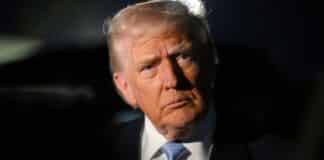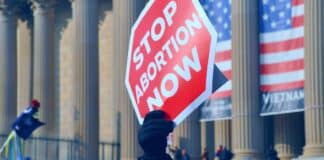The Federal Reserve’s recent quarter-point rate cut exposed more than a shift in policy—it revealed a central bank struggling to steer the U.S. economy with missing instruments. Two Federal Open Market Committee (FOMC) members dissented in opposite directions: one opposed any rate cut, while the other pushed for a deeper, half-point reduction. Their disagreement reflects profound uncertainty about where the economy is headed—and growing frustration as the Fed is forced to operate without critical government data due to a lingering shutdown.
Stephen Miran, the Fed’s newest governor and an ally of President Trump, argued the economy’s “neutral rate” has dropped. Tariffs and immigration changes, he contends, have reduced long-term growth potential. Keeping rates elevated in this new environment amounts to economic strangulation. His case hinges on warning signs from the labor and housing markets. Hiring has slowed to nearly zero, and the housing sector remains frozen as mortgage rates remain unaffordable for many Americans.
In contrast, Kansas City Fed President Jeff Schmid insists the economy remains resilient. He points to stock market highs, tight credit spreads, and surging business investment in technology. Consumer spending remains robust, and inflation is still elevated. In Schmid’s view, financial conditions are loose, not tight, and the Fed should stay the course to tame price pressures.
Both views find support—and contradiction—in scattered private-sector data. Without updates from key government agencies, policymakers are forced to rely on anecdotal evidence and third-party indicators. Payrolls have flattened, and fewer industries are hiring. Yet layoffs remain modest, creating a sense of slow deterioration rather than collapse.
With the next round of Fed speeches and alternative labor data due this week, officials are flying blind in a critical moment. Until the shutdown ends and reliable data returns, the risk grows that the Fed could misstep—too late to avoid a slide into recession.





